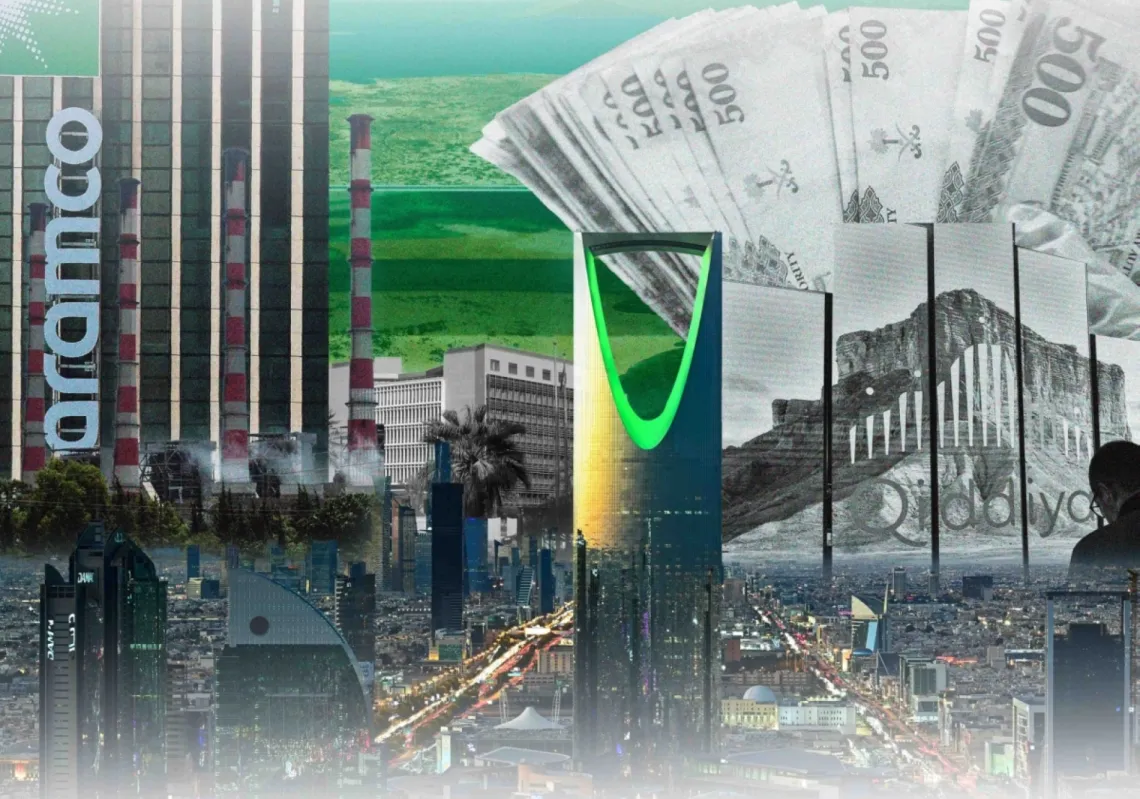Household financing and bank lending has become a hot political issue in Kuwait, where there have been populist calls for the state to pay off personal loans for struggling families.
They came after a rise in the use of credit followed a real estate boom, with many citizens taking out mortgages to buy land and build homes.
Further borrowing to furnish and fit out houses raised concern at high levels of debt, leading to calls from some politicians and for the state to buy some loans and, in effect, pay them off.
There has been controversy over such suggestions in Kuwait’s parliament, where the issue remains capable of causing heated debate.
Whatever the political rhetoric over calls to help people in debt – dismissed by opponents citing the need to control state spending – there is now clear insight into the extent of borrowing from official data.
According to the Central Bank of Kuwait, total loans at the end of last May reached over $180.5bn, or 55.3bn dinars in local currency. Personal, consumer, and housing loans accounted for 34.2% of that figure, amounting to $62bn, or 18.9bn dinars, a significant proportion of the total.
There are already interest-free loans on offer from the government-run Kuwait Credit Bank. It typically lends for real estate – where husbands and wives jointly commit to repay and both own the property – or for social enterprises.
Borrowers are also turning to traditional and Islamic banks for loans with fixed interest rates.
These are popular ways of financing the building of private housing on land allocated for development by the government. Repayments typically run for longer periods than at the Credit Bank, up to a usual limit of 15 years.
Consumer finance controversy
Away from real estate financing, there has also been growth in the use of consumer and instalment loans. These are typically used to buy cars and household appliances, but can also be used for wider spending. This form of personal debt has been the focus for populist politicians and the debate they have stoked.
Demands to cancel the debt, or wipe out the interest charged on the loans, have reverberated through Kuwait’s national debate.
The government has previously taken measures to ease the burden on debtors, guaranteeing repayments and setting up interest-free mechanisms. But it has resisted the extent of the populists demands, amid concern about the precedent that would be set and the potential knock-on effects on the national finances.













